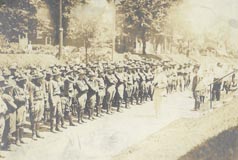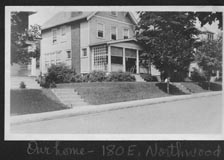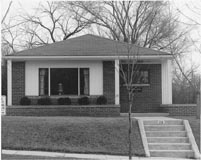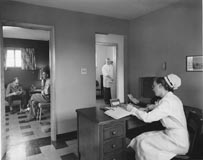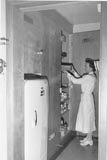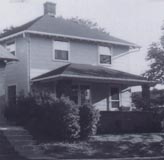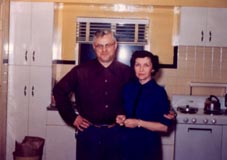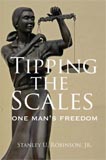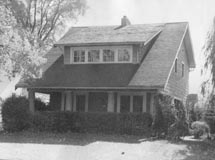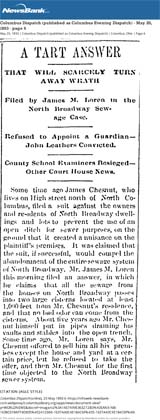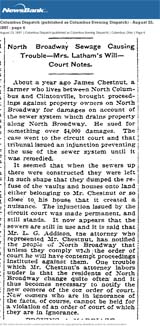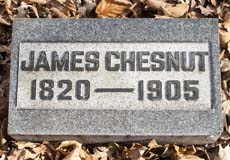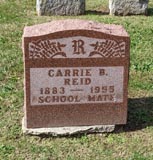
On one of my daily walks, I noticed this grave in Union Cemetery, which set me a wonderin’. “School Mate” is such a peculiar thing to put on a grave marker! I did a bit of research, and Wendy Ritter Bayer joined me in the effort.
 Here is the cluster of gravestones I was so curious about: Carrie Reid, Ellis & Nina Reid, Mary Frances Jones. Carrie Reid’s epitaph says “School Mate” but she shares a last name with Ellis and Nina Reid, and is their general age. Also, she died in her 70s, so it seemed unusual to hark back to her school friends.
Here is the cluster of gravestones I was so curious about: Carrie Reid, Ellis & Nina Reid, Mary Frances Jones. Carrie Reid’s epitaph says “School Mate” but she shares a last name with Ellis and Nina Reid, and is their general age. Also, she died in her 70s, so it seemed unusual to hark back to her school friends.
Gravestones left to right are: Carrie Reid, Ellis & Nina Reid, Mary Frances Jones. Carrie Reid was Ellis’ 3rd and final wife. Nina married then was divorced from Ellis yet was buried alongside Ellis. Mary Frances is Nina’s child by a previous marriage.
(1) Ellis Harlen Reid was married 3 times:
–Flora Ellen Rice m. 1902. In 1903 he and Flora had 1 son, Russ, who died in 1991. Ellis and Flora presumably divorced.
–Nina Jones m. 1927. For some reason Ellis’ second wife Nina owed his first wife Flora $500 for a real estate matter which was paid in full by May 1937. Ellis Reid filed for divorce from Nina in May 1947, the same year Nina died–in September 1947–after a couple month’s illness “survived by her husband Ellis.”
–Carrie B Quinn m. 1950. Three years after divorcing Nina, Ellis married Carrie B. Quinn, who predeceased him.
(2) Nina was married 2 times:
–Thomas W Jones in West Virginia; he died in 1965 so presumably they divorced. They had a daughter, Marie Frances Jones; Marie died in 1934 and her stone is next to her mother’s.
–In 1927 she married Ellis Reid, divorced him in 1947, and died later that year. Her house at 524 Lincoln Ave was to be sold and proceeds paid “to my niece, Sylvia Cole, and my sister Ivy Robinson, share and share alike, or to the survivor of them.”
(3) Carrie was married 4 times:
–Oscar Bowman m. 1901; he died in 1954 so she must have divorced him. Carrie and Oscar had 2 living daughters: Bertha Leola, born 1903, and Helen E., b. 1906. Their address was 1268 1/2 N. High St. (Bertha married James Dolan in 1921 and Helen married Charles A. Taylor on 16 Aug 1927). Carrie and Oscar also had an infant daughter who died of “pre-mature birth” in 1909. Their address was 1181 Say Ave.
–Elmer Preston Buchanan m. 1918; he died in 1956 so presumably they divorced.
–Loren George Webster m. 1939; he died in 1940 from “barbital poisoning (addict).”
–Ellis Reid, m. 1950. He was 70, she was 67 when they married; she died 5 years after marrying him. He died in 1961.
I’m surprised at the sheer number of divorces–at least 4 between them. Ellis is buried alongside his second wife, rather than his 3rd and final wife, though that’s not all that uncommon; cemeteries and monument sellers often offer a “2 for one” price, so widowers ended up with a plot they might otherwise be unable to use. Also it wouldn’t surprise me if somehow Nina was instrumental in the choice, since her daughter by previous marriage is in the same plot and style stone.
Now, back to my original inquiry. Carrie was born and raised in Ohio, as was Ellis. Nina was born and raised in WV. So if Carrie was a “school mate,” it was with Ellis. I am unable to research whether that happened. But what kind of husband puts “school mate” on his newly deceased, current, wife’s stone? I’m wondering whether she was a SOUL Mate and the carvers got it wrong. If so, what a hoot.
 The Columbus Canoe Club–which had been turned into a residence back in 1959–is currently on the market, and you can see the inside of this residence here. It has only had 4 owners since it was built, and long-time owner Donna Hickey had given me a tour of the house back in 2009. So sorry to learn that Donna passed away in 2021.
The Columbus Canoe Club–which had been turned into a residence back in 1959–is currently on the market, and you can see the inside of this residence here. It has only had 4 owners since it was built, and long-time owner Donna Hickey had given me a tour of the house back in 2009. So sorry to learn that Donna passed away in 2021. 